What Is ECONYL Fabric? Properties, How It’s Made, and Where It’s Used
Sustainable textiles are reshaping today’s apparel industry, especially as more brands in...
It is common to practice using the terms “fabric” and “textile” interchangeably when discussing topics relating to sewing. There is, however, a little distinction between the two.
Fabric names refer to any different type of material for clothes made from textile fibers through weaving, knitting, or bonding. Fabric is required by clothing manufacturers and other textile items. Threads made from bonded, twisted, or bundled fibers are also referred to as textiles.
Fabric types can be constructed from man-made, mineral, or natural fibers.
For example, the cocoon of the silkworm is the source of the silk we use today. Spun from the hair of sheep, wool is a soft, insulating textile fabric type. Wool and silk are two of the most well-known type of fabric material made from animal fibers.
Minerals are processed to create glass fiber, whereas hydrocarbons are used in the production of synthetic fibers including acrylic, polyester, and nylon (fancy word for petroleum derivatives). Fibers derived from plants include bamboo, flax, linen, rayon, hemp, and cotton.
As a sewer, you should know that every type of fabric fiber, whether natural or synthetic, has its individual qualities and benefits. Some are thin and delicate, while others are sturdy and solid. The most popular fibers used to make cloth need a closer look.
Multiple kinds of fabrics are used to create textiles. Natural fibers, such as those harvested from the cotton plant or the fleece of a sheep, and synthetic fibers, which are created in a laboratory, both have their uses.
Fabrics can be made from a wide variety of fibers, many of which resemble human hair. The initial fiber and processing methods both contribute to the final fabric material types characteristics.
Fabric can be created by one of three primary processes: weaving, knitting, or felting/bonding.

Before natural fibers can be made into fabric, they need to be cleaned and often carded (combed) to get rid of any dirt and help the fibers lay in the same direction. Think about a sheep’s fleece that needs to be cleaned and carded before the next step can start.
Once the fibers are clean and ready to be used, they are twisted together. This is called spinning. A long strand is made from many short fibers that are spun together. How thick the strand depends on how you want the fabric material to look when it’s done.
On a device called a “loom,” the fibers are then woven together. There are many different kinds of weaves, and each one makes something different. You may be most familiar with a plain weave, which is used to make different fabrics for school shirts, dresses, and bed sheets. You might be able to see the different threads that make up your school shirt if you look at it very closely.

You might think of what your grandparents, parents, or even you do with knitting needles when you think of knitted fabric. Knitted fabrics are made the same way, but on a much bigger scale and with the help of machines.
Before the fibers can be knitted, they need to be cleaned, carded, and then spun, just like when making woven fabric.
The yarn is then knitted into rolls of flat fabric, tubes of fabric, or even whole clothes, like tights or socks.
Fabric that is felted is made from the fibers themselves. The fibers are still washed and carded, but there is no need to spin them. Wool is one of the best natural fibers for making felted fabric because each fiber has a scaly structure that looks a bit like a fir cone. When the fibers are heated, the scales open up and when the fibers are moved, they lock together with other fibers.
Because of how it is made, felt does not stretch and can be very warm. Felt doesn’t fray or unravel like woven or knitted fabric, but it doesn’t hang well either, so it’s usually used for hats, bags, and coats.
Felting is done on a large scale, and as felt is being made, it can be shaped into things like hats.
Bonded fabrics are also made from individual fibers instead of yarn. The fibers are spread out in a random pattern, and then they are glued or heated to stick together.
Most of the time, these fabrics are very thin, but they don’t stretch.
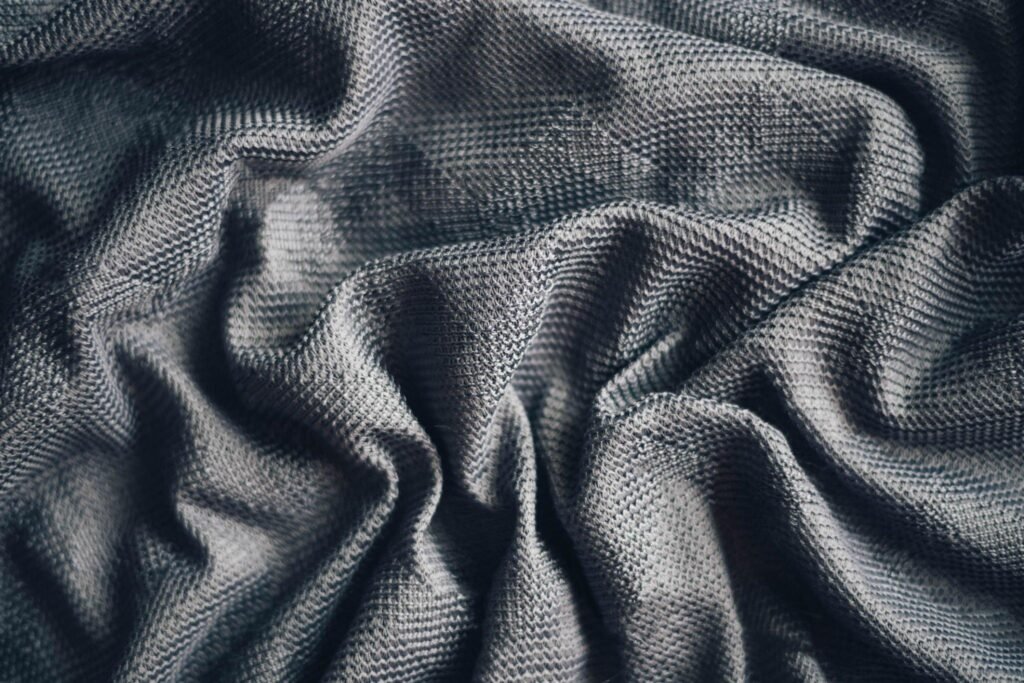
Natural fibers are what most textile fabric types are made of. Fibers can come from a lot of different places, like plants, animals, insects, and even chemicals that are made by people.
Fibers often look like hairs and can be made into Textiles, which are also called fabric, in different ways. Wool is a type of fiber made from animal hair. Most wool comes from sheep, but you can also get wool from camels, alpacas, llamas, goats, and even rabbits.
You can make wool from anything that has hair on it. You could even use a dog to make wool fabric. The animal’s wool is cut off, like getting a haircut, and then it is washed, combed, and treated to make the wool type of dress fabric. Wool is warm, so it can be used to make things like sweaters, scarves, and coats.
It is also used to make carpets and insulation to keep your house warm. Wool can soak up water and shrink easily, so you have to be careful when you wash it.
The cotton plant makes a fiber called cotton. The plant needs a lot of water and grows in warm places. After the plant blooms, it makes a “boll” that is made up of the plant’s seeds.
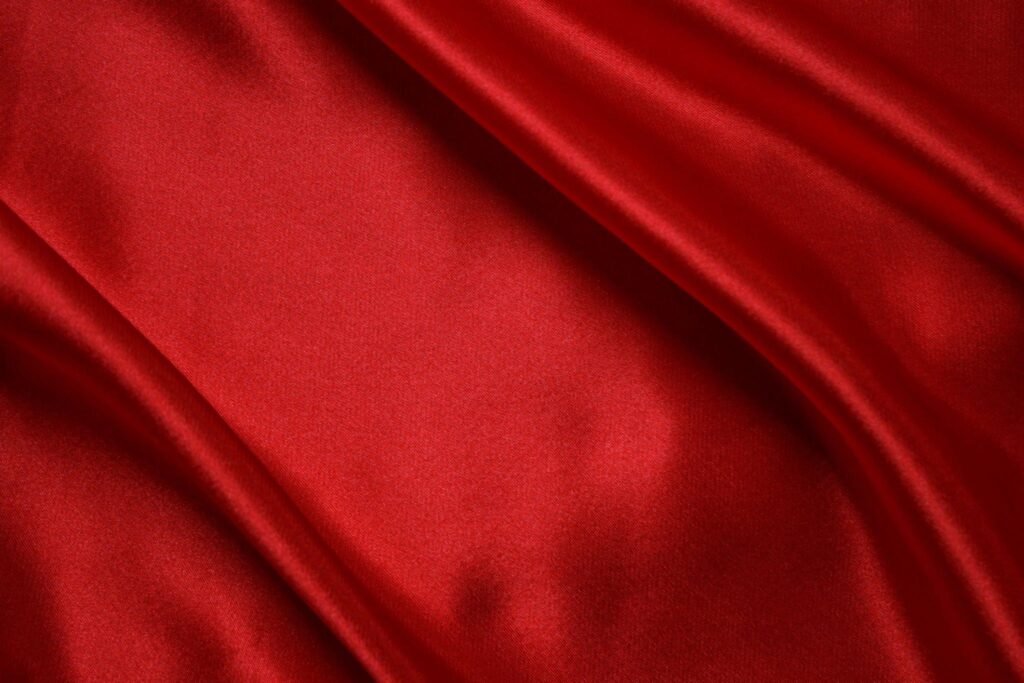
The cocoon of a silkworm is where silk comes from. When a silkworm, which is a caterpillar, is ready to change into a moth, it spins a cocoon of silk around itself. People raise silk worms like they raise sheep, and it can take them up to 8 days to make their cocoons. The glue that holds the silk fibers together was removed by putting them in hot water. The silk fibers are then turned into silk fabric by going through a process.
Because each cocoon is so small, it takes a lot of work to make just one item. For example, it takes about 1,800 cocoons to make a silk dress. Silk is a very delicate fabric that can get damaged easily when wet (eg washing).
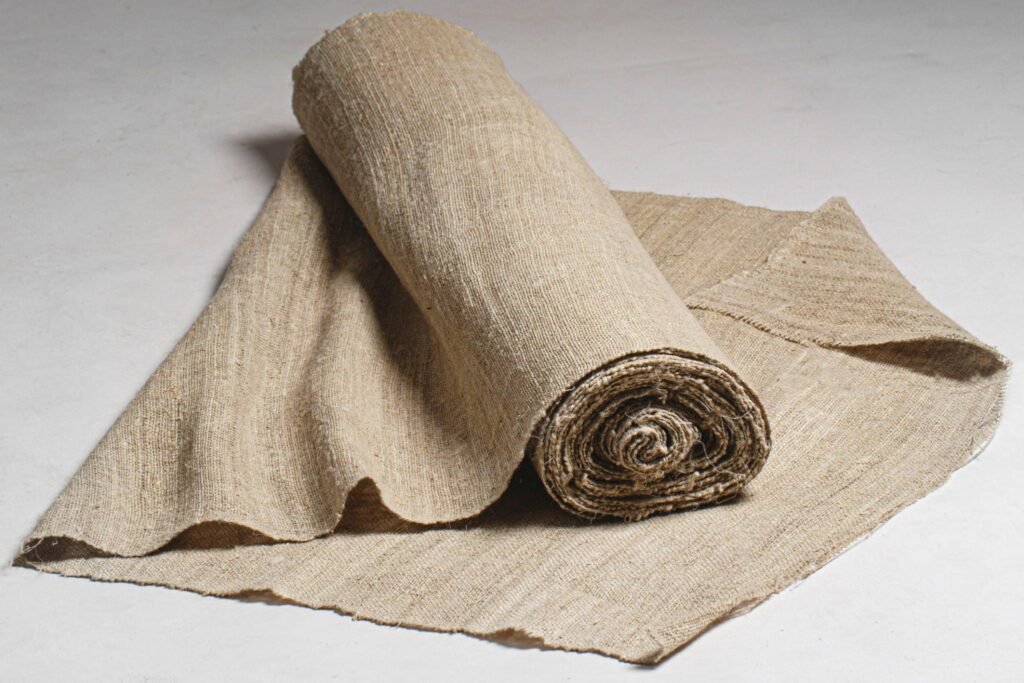
The flax plant is where linen comes from. Fibers can be made from the plant’s stem. After the plants are cut, the soft parts of the stems are removed by soaking them in water. This leaves behind the tough fibers, which are then used to make linen fabric.
Linen is a great different type of clothes material for summer clothes because it keeps you cool. Linen is strong, so it lasts a long time, but it gets wrinkled very easily.
Choosing the right types of fabric for clothes is a critical process, as there are numerous characteristics to look for in clothing material types. Here is a look at the types of fabric for clothing and how to tell them apart, from those made of natural fabric material types made of synthetic fibers, and from knits to wovens.
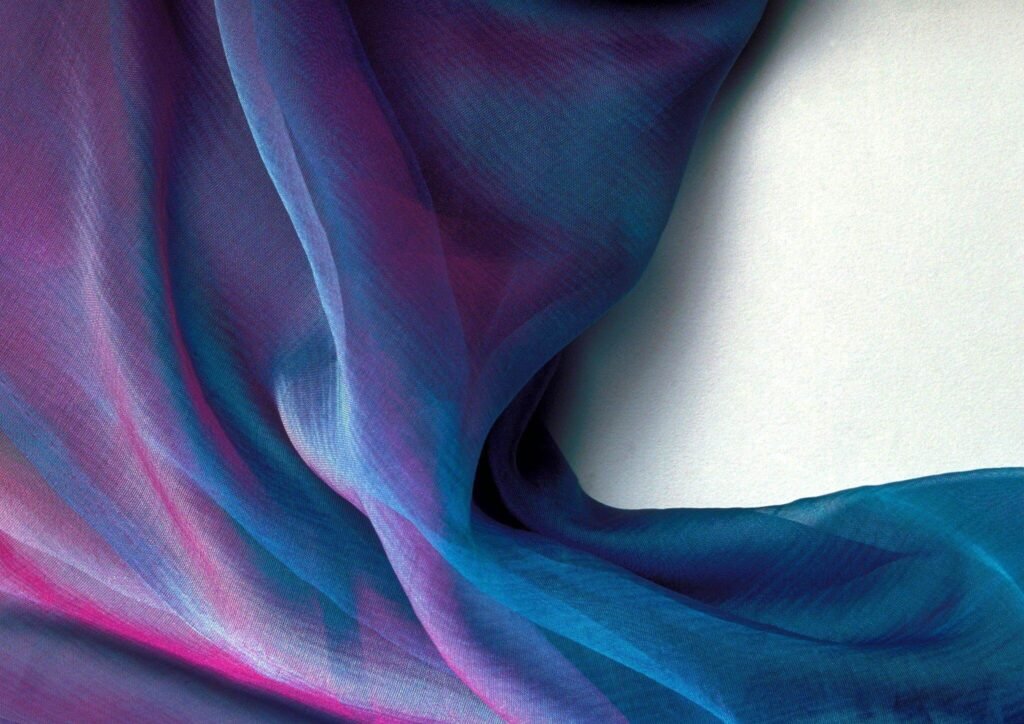
It’s a thin, plain-woven fabric that has a little shine. The small puckers in the chiffon make the fabric feel a little rough. S-twist and z-twist crepe yarns, which are twisted counterclockwise and clockwise, are used to make these puckers.
Also, crepe yarns are twisted much more tightly than most yarns. The yarns are then woven in a plain weave, which means that a single weft thread goes over and under a single warp thread.
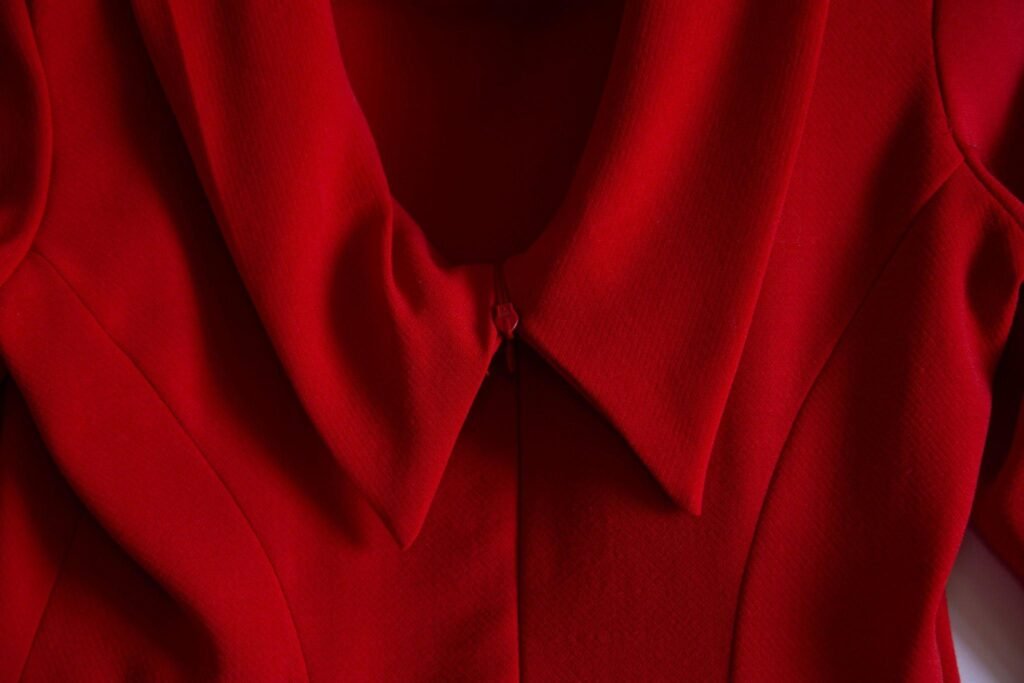
It’s a clothing fabric type that looks wrinkled and bumpy. It can be made of silk, wool, or synthetic material. Most of the time, crêpe is a light to medium-weight fabric. Clothes like dresses, suits, blouses, pants, and more can be made from crepe fabric.
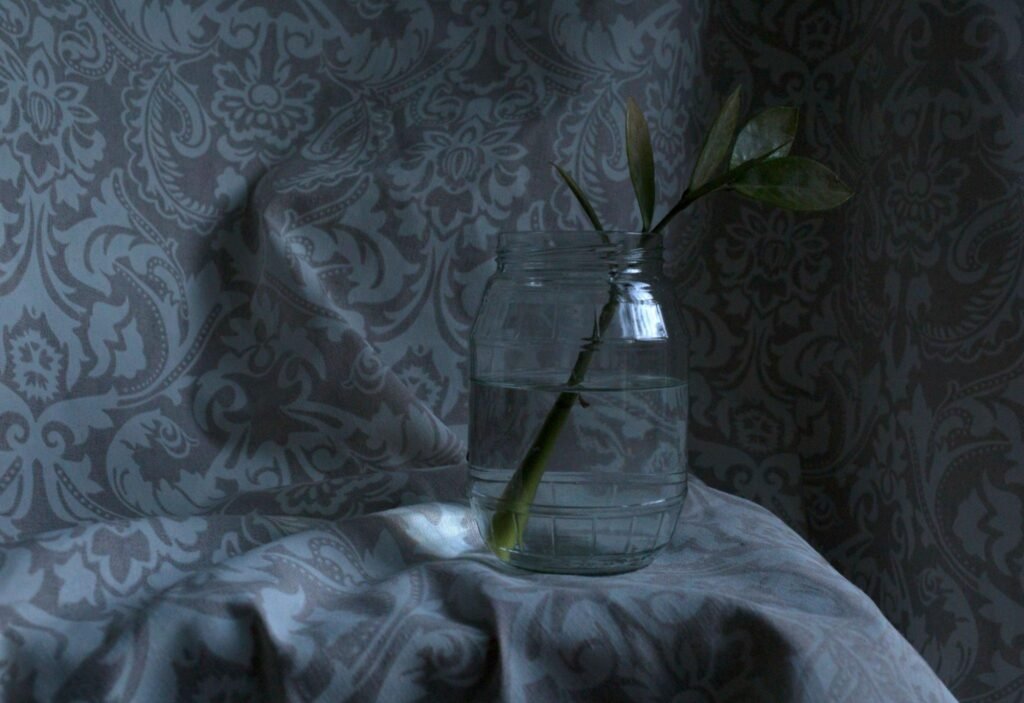
It’s a jacquard-patterned fabric that can be used on both sides. This means that the pattern is woven into the fabric, rather than being printed on it.
The design of fabric is made by the weave, which is a mix of two different ways of weaving. The design is made with a satin weave, while the background is made with a plain, twill, or sateen weave.
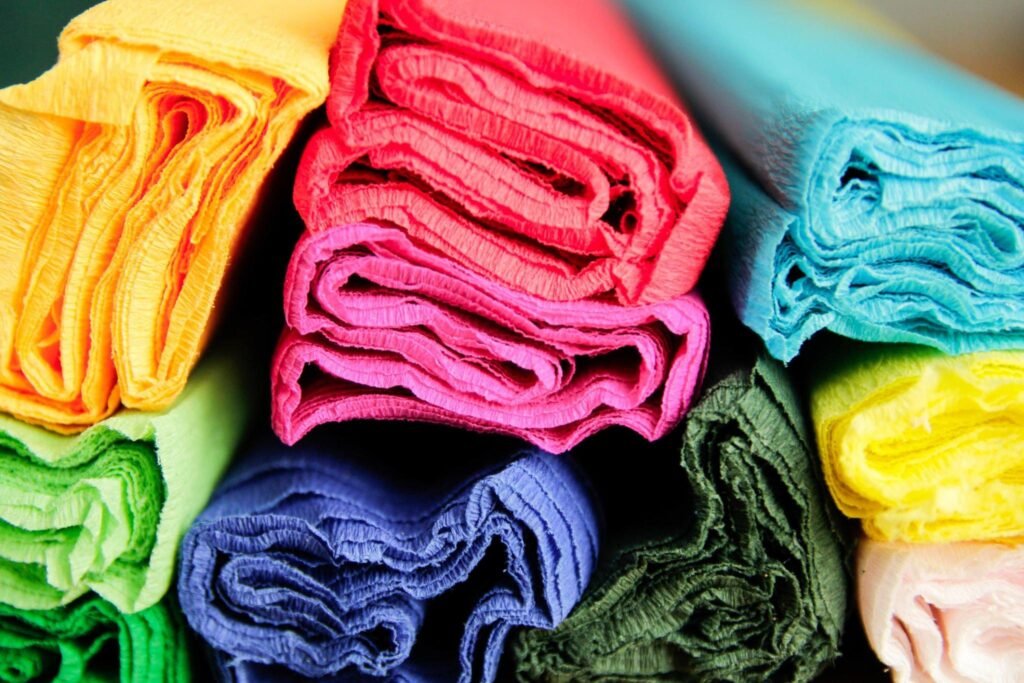
It’s a type of crepe fabric that is usually made from pure silk, but it can also be made from rayon, viscose, and polyester, which are all synthetic fibers. The tightly twisted yarns used to make crêpe georgette give the fabric a slightly crinkled look.
Georgette is the thin and lightest fabric, and its finish is dull and matte. Silk georgette is very similar to silk chiffon, which is also a type of crêpe fabric, but georgette is not as sheer as chiffon because the weave is tighter.
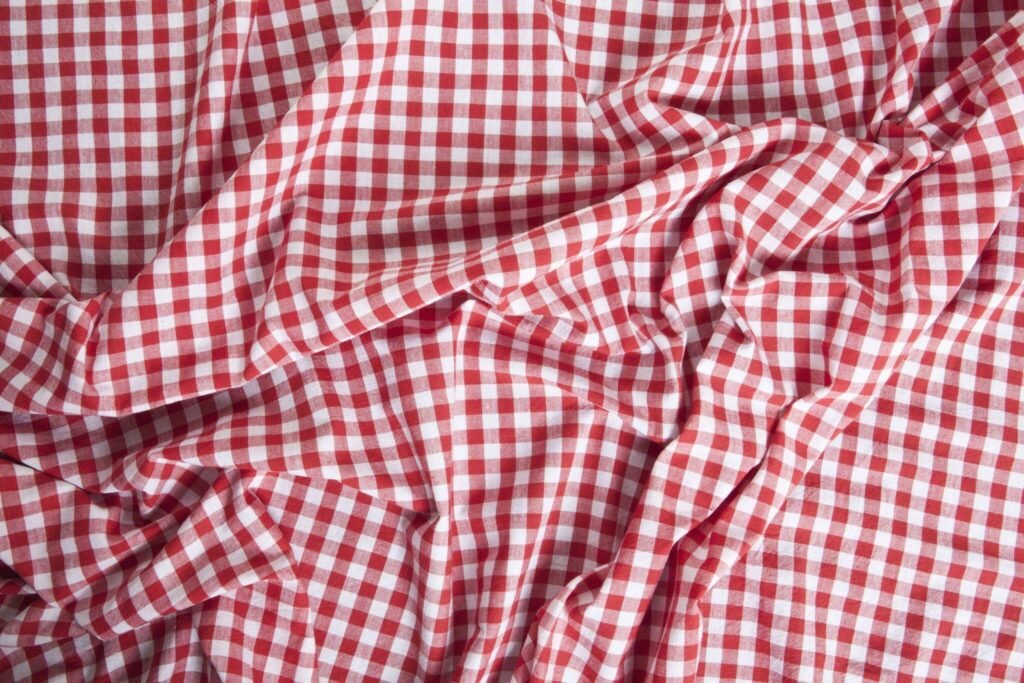
It’s a checked pattern made from cotton or a mix of cotton and other fibers. It is made from dyed yarn that is woven using a plain weave. Gingham is usually a two-color pattern, and red and white gingham or blue and white gingham are both popular choices.
There are a lot of different sizes of the checked pattern. The check pattern can be turned over and looks the same on both sides.
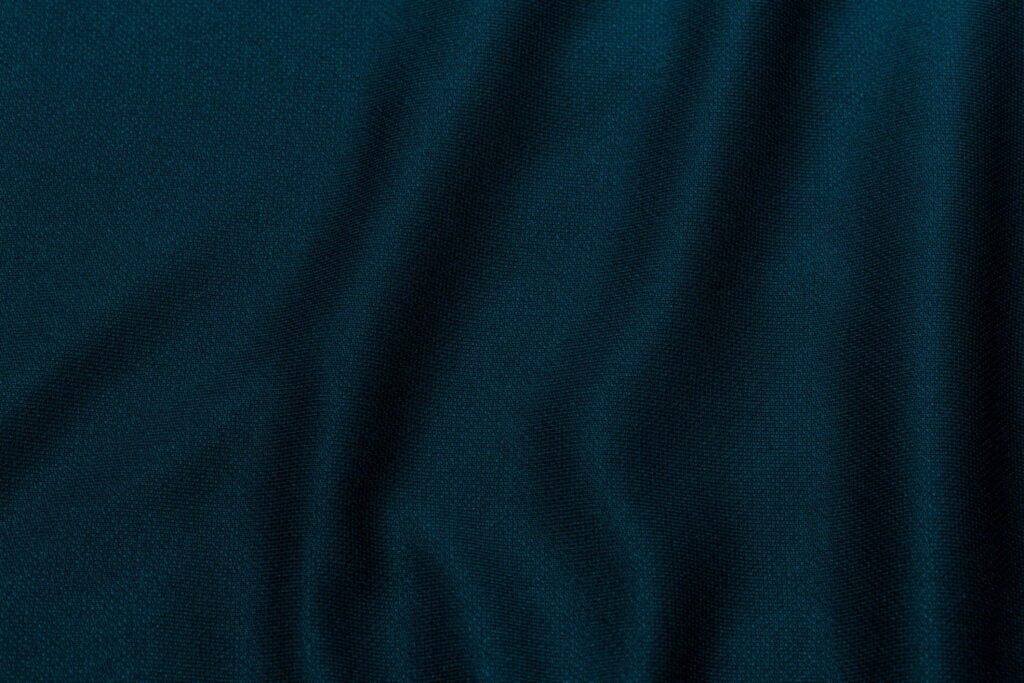
It’s a knit fabric that is soft and stretchy. It was first made out of wool. Today, jersey fabric is also made from cotton blends, synthetic fibers, and pure cotton. The right side of the jersey knit fabric is smooth and has a small ribbed pattern, while the back is full of loops.

It’s a delicate fabric made from yarn or thread. It has designs and patterns made with open weaves in many different ways. Silk and linen were once used to make lace, but now cotton thread and man-made fibers are also used.
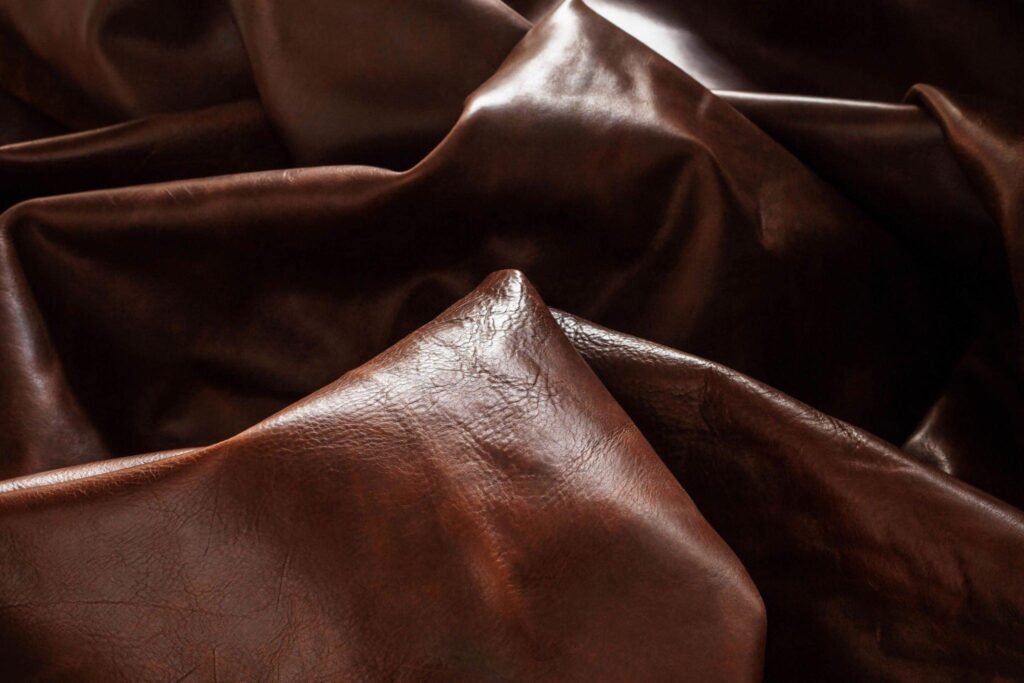
It’s any fabric made from the hides or skins of animals. Different kinds of animals and different ways of treating the skin lead to different kinds of leather types.
The most common animal skin used to make leather is cowhide, which makes up about 65% of all leather made.
However, leather can be made from almost any animal, from crocodiles to pigs to stingrays.
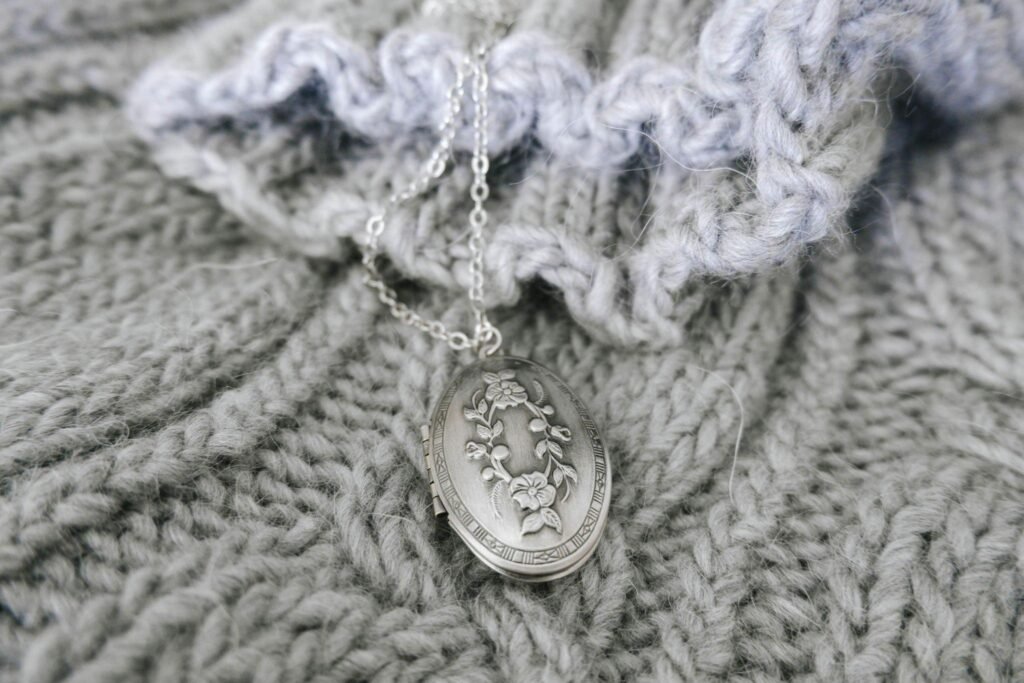
It’s a kind of wool that comes from Merino sheep. Merino wool is one of the softest types and doesn’t irritate the skin like other types of wool because the fine merino fibers have a small diameter, which makes the wool more flexible and less itchy.
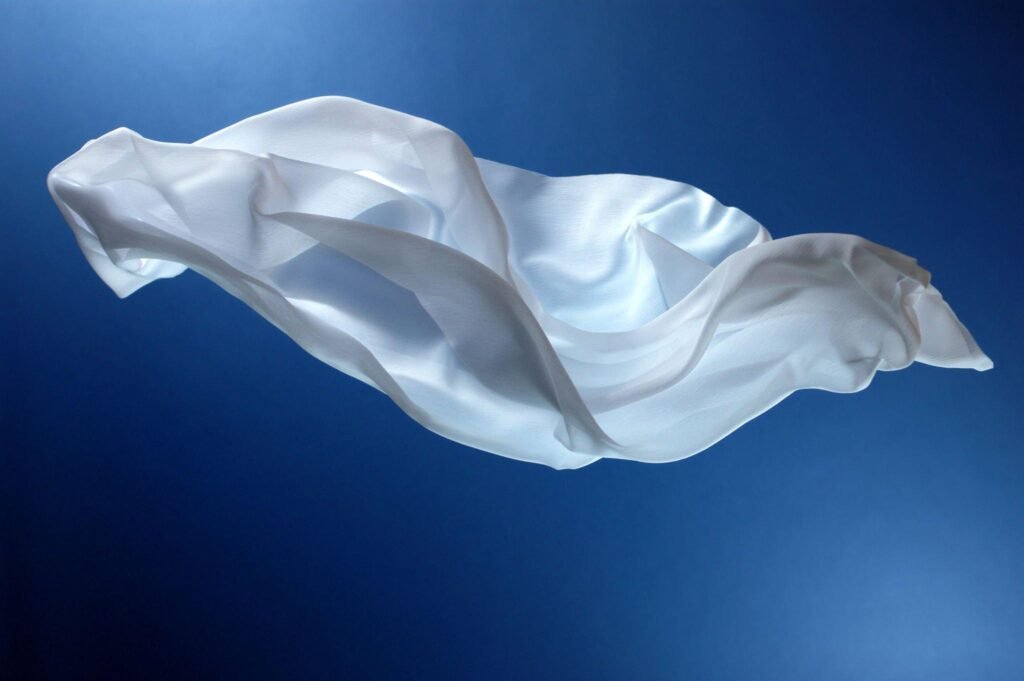
It’s a semi-synthetic fabric made from the pulp of beech trees. It is mostly used to make clothes, like underwear and pajamas, and items for the home, like bed sheets and towels. Modal is a type of rayon, which is also a plant-based fabric, but it is a little stronger and more flexible than rayon.

It’s a cotton fabric that is loosely woven. The plain weave method is used to make it, which means that a single weft yarn goes over and under a single warp yarn. Muslin is known as the material that is used to make fashion prototypes. These prototypes are used to test patterns before the final product is cut and sewn. Patterns can be tried out on muslin.

It’s a light, sheer, plain-woven fabric that was originally made from silk. Synthetic fibers, mostly polyester and nylon, can also be used to make different clothing materials. Synthetic fabrics are a little more durable than natural fabrics, but they are very thin and easy to tear or fray.
Organza also has very small holes all over it. These holes are where the warp and weft threads meet in a plain-weave pattern. The number of holes per inch shows how good the organza is. Organza with more holes is better.
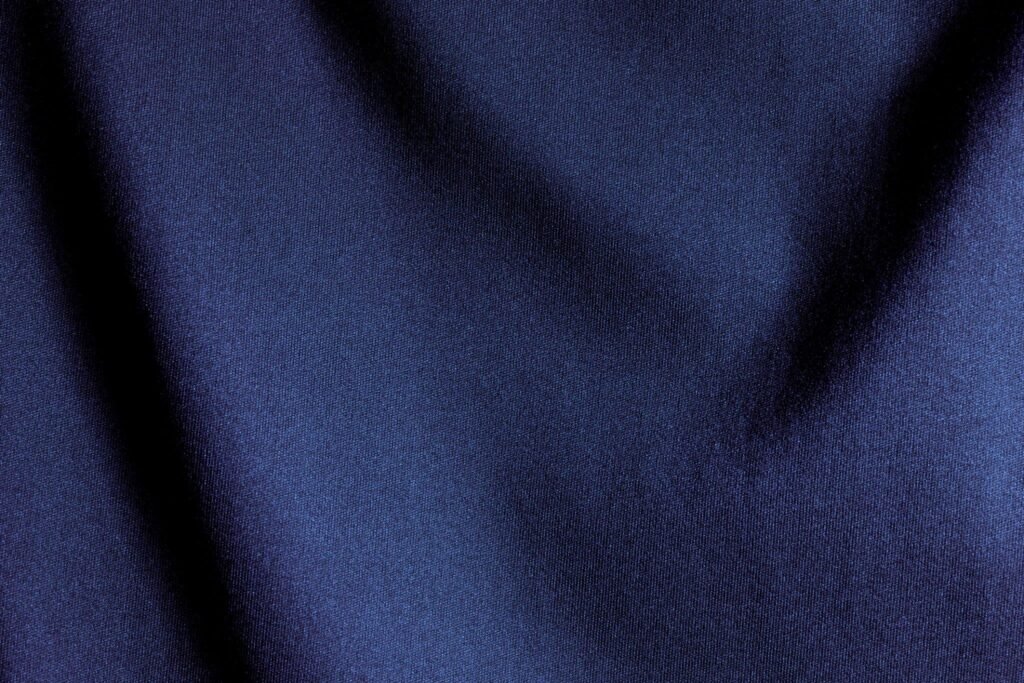
It’s a man-made fiber made from coal, petroleum, and other petrochemicals. Polyester fabric is known for being strong, but it doesn’t breathe well and doesn’t soak up liquids like sweat well. Polyester blends are also very popular because the strong fiber can make another fabric stronger, while the other fabric makes polyester more breathable.
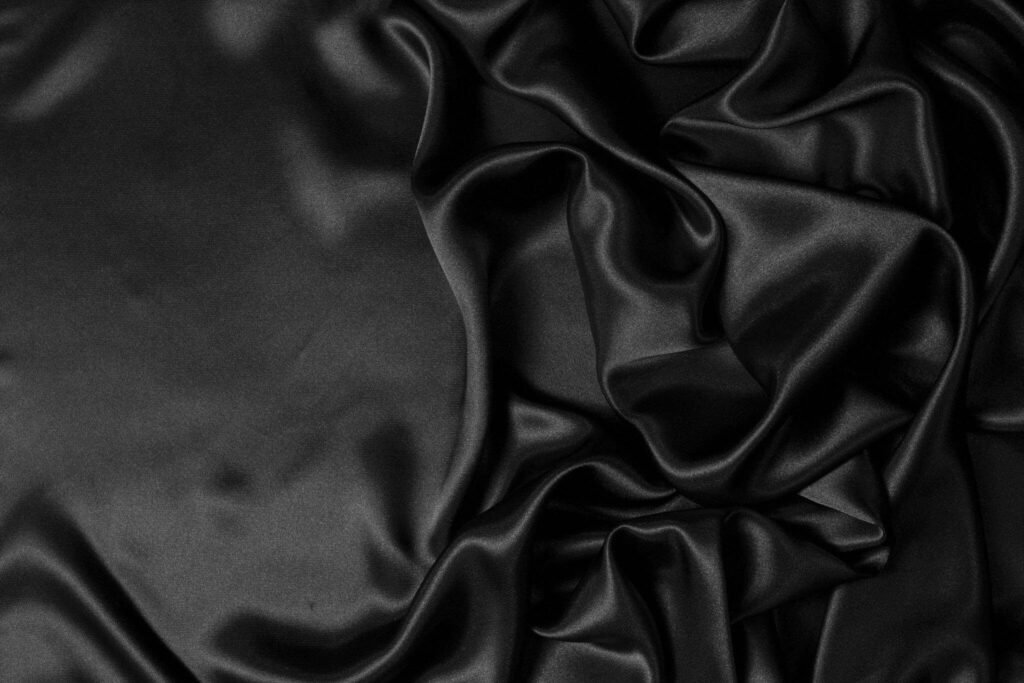
The satin weave makes a shiny, soft, stretchy fabric that drapes beautifully. The satin fabric has one side that is soft and shiny and the other side that is rougher and less shiny. This is the result of satin weaving, and there are many different ways to describe what a satin weave is.
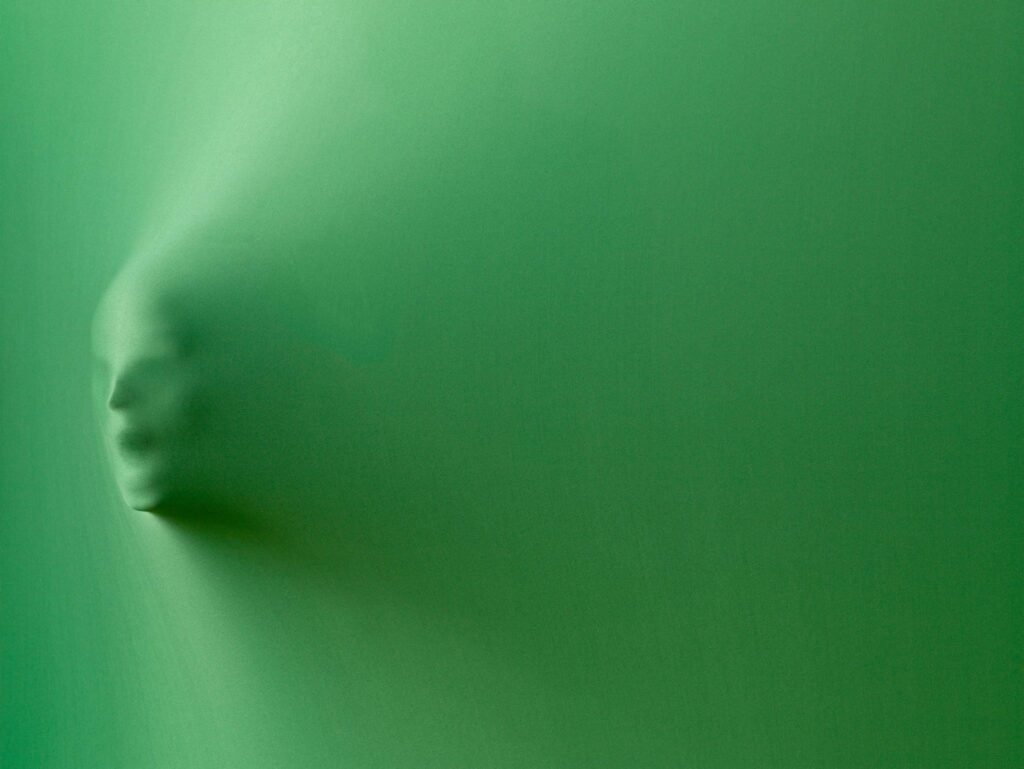
It’s a synthetic fiber that is very stretchy. It is also called Lycra or elastane. Spandex is mixed with other fibers to make them stretchy. It is used in jeans, athleisure, and swimwear fabric.
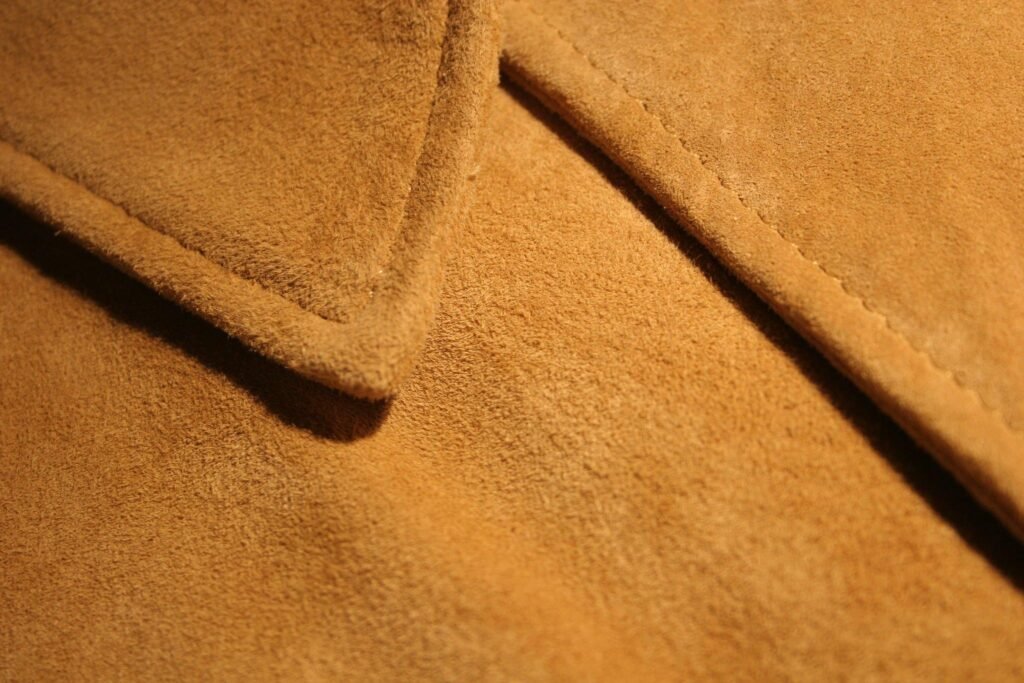
A suede is a type of leather that has a soft surface because it is made from the underside of animal skin. Suede is usually made from the skin of lambs, but it can also be made from goats, pigs, calves, and deer. Suede is softer and thinner than full-grain leather, which is also not as strong.
On the other hand, is very strong and, because it’s thin, it’s easy to shape and work with.

It’s a soft, luxurious fabric with a dense pile of evenly cut fibers that have a smooth nap. Because it is made of short pile fibers, velvet has a beautiful drape and a unique soft and shiny look.

It is a light fabric with a plain weave that is made from different kinds of fibers.

It’s another plain-weave fabric that is great for people who are just starting to sew because it is easy to work with. Since it is light, it is great for making light clothes.
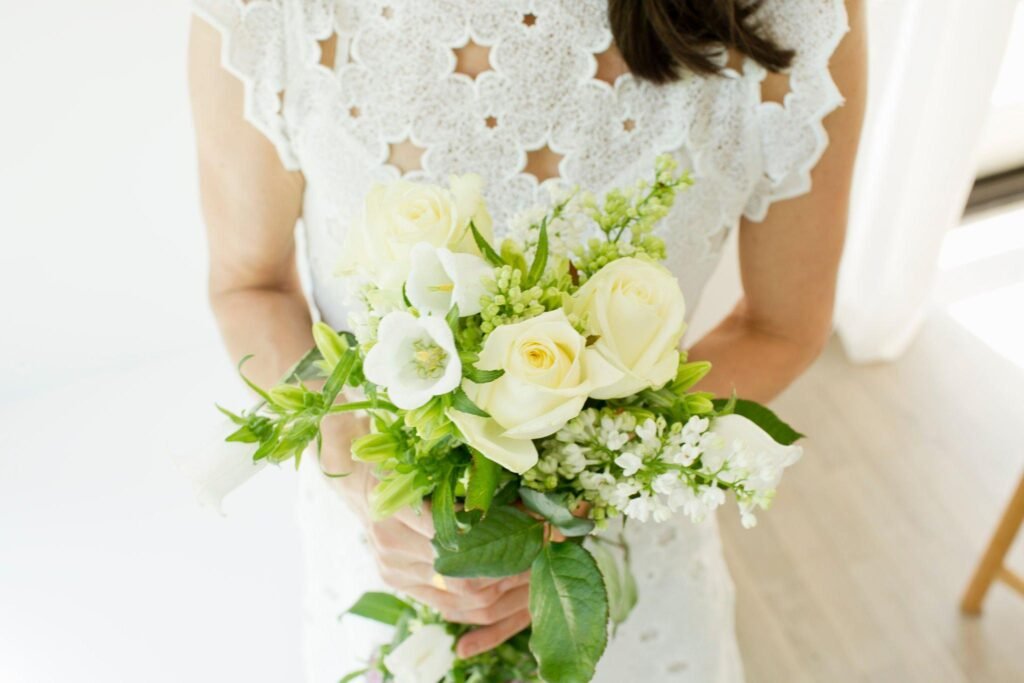
This fabric is embroidered fabric with small holes that are also embroidered. This method can be used on many different kinds and weights of fabric.
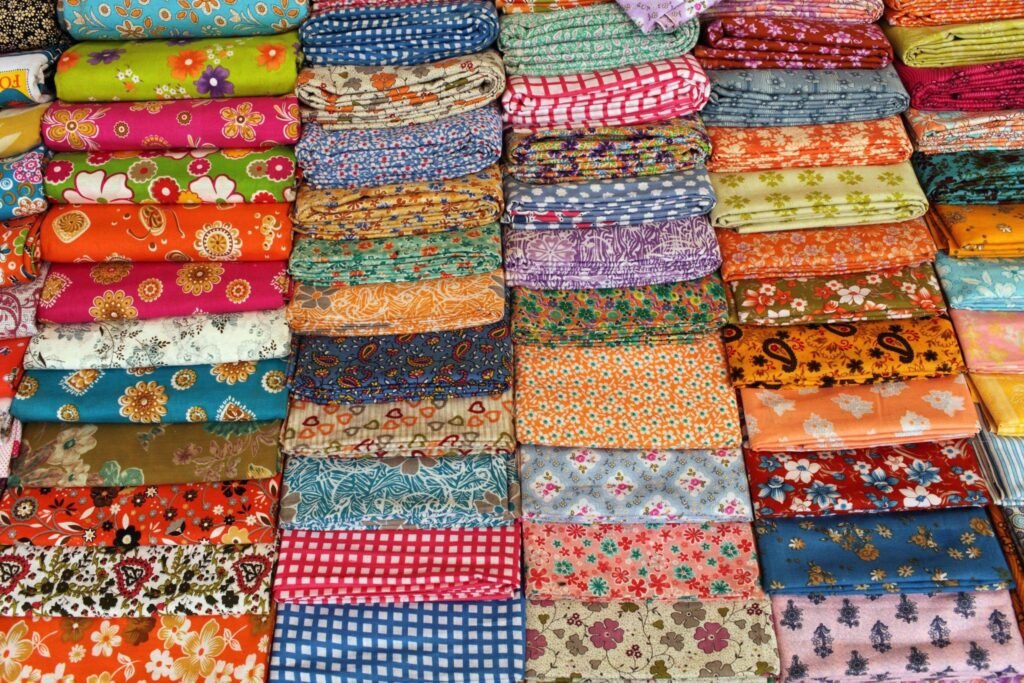
It has a fine finish and a medium crispness because it was made with a high thread count. However, it is still quite sheer.
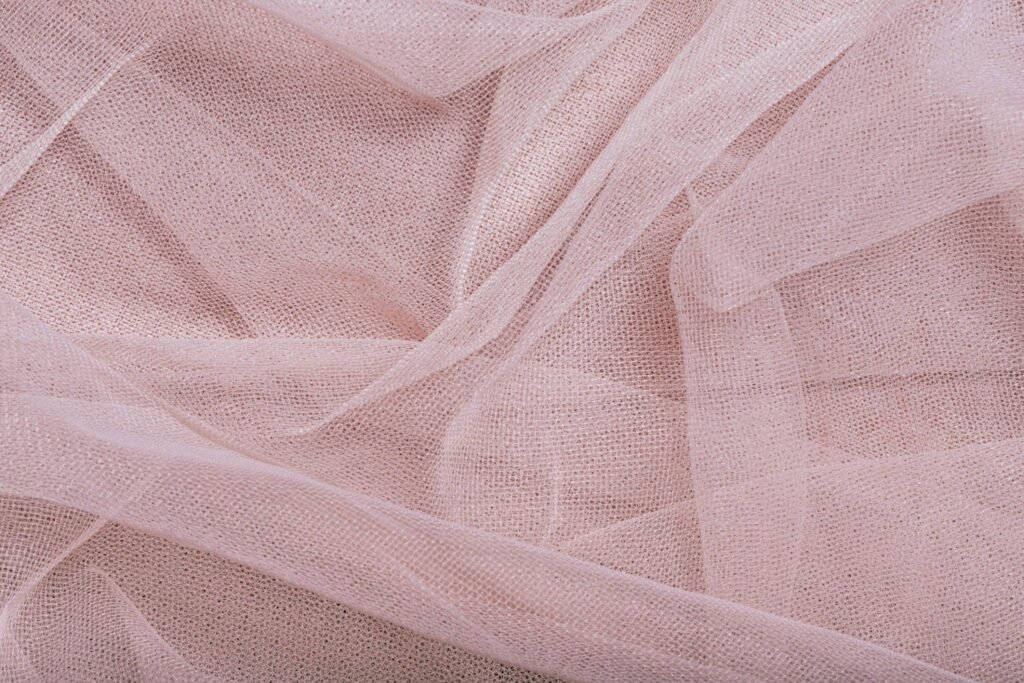
Most of the time, the net fabric is used for costumes and hats. It is a mesh fabric that comes in different weights.

It’s also called organdy and is a tight plain-weave fabric made from combed fibers. Because it is stiff and see-through, it is often used as interfacing!
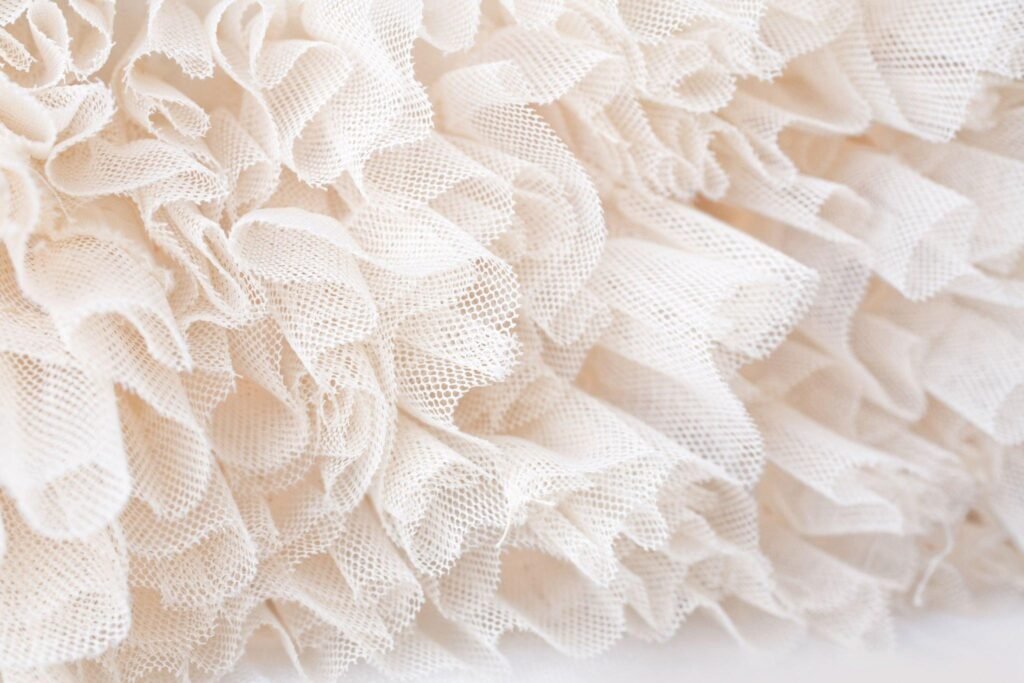
It’s a kind of net that is made of hexagonal mesh. There are many different kinds of tulle fabric, all of which are thin and flowy.

It’s a semi-crisp fabric that can be made from either natural or man-made fibers.
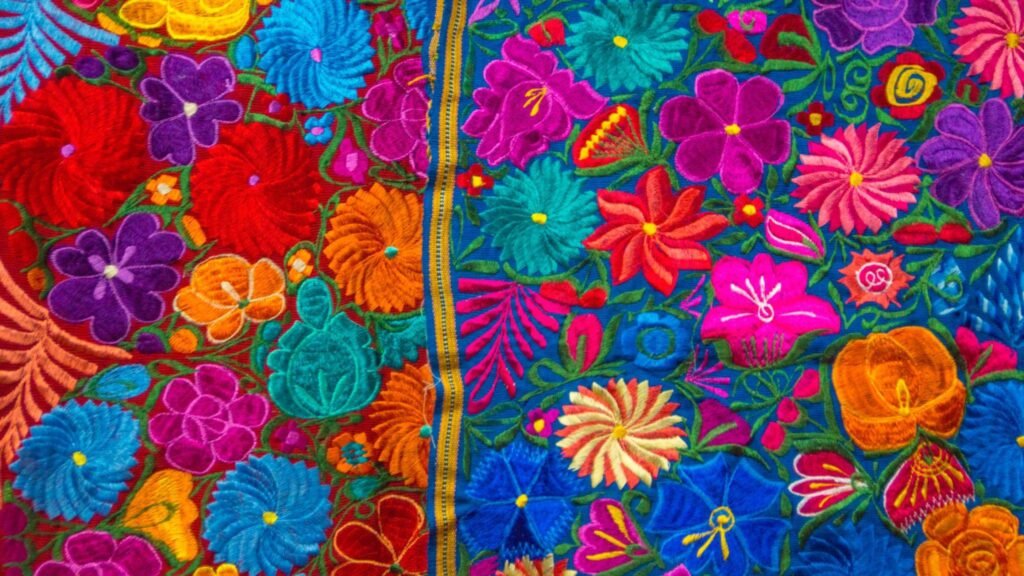
These are beautiful fabrics that have a design that stays on the right side of the fabric. Brocade is woven on a jacquard loom and comes in different weights.
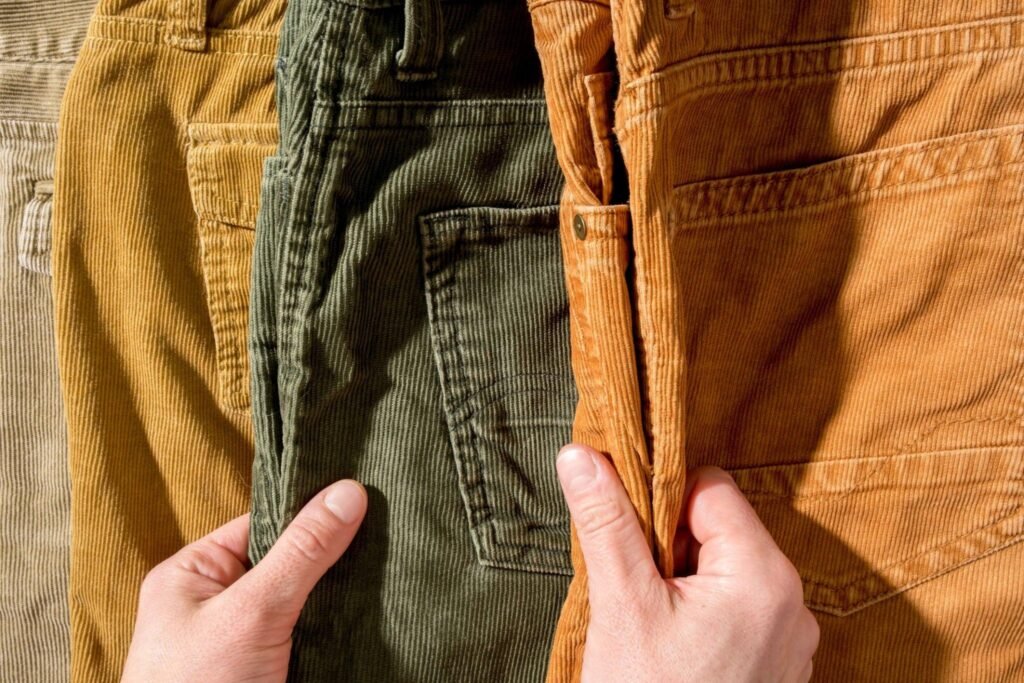
It has vertical stripes that make it look like a ribbed fabric, but it is actually a pile fabric.

Another popular pile fabric is faux fur, which is often called a “deep pile” fabric because the fibers are longer.
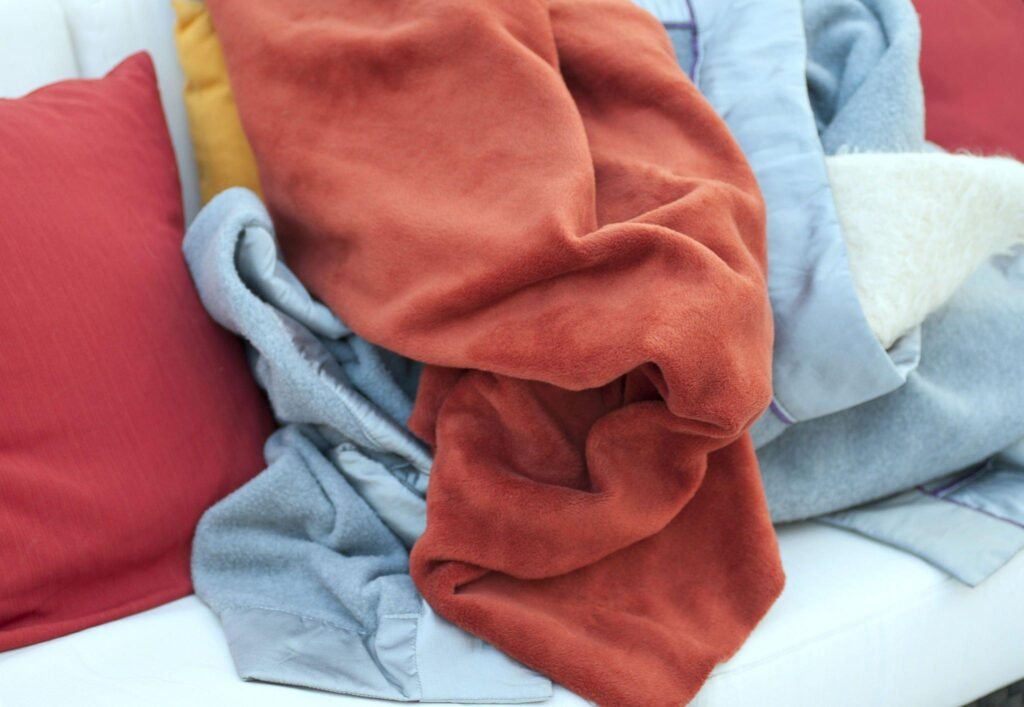
It is made from wool or hair and is one of those fabrics that gives me the creeps. Most of the time, it is a soft fabric with a pile.
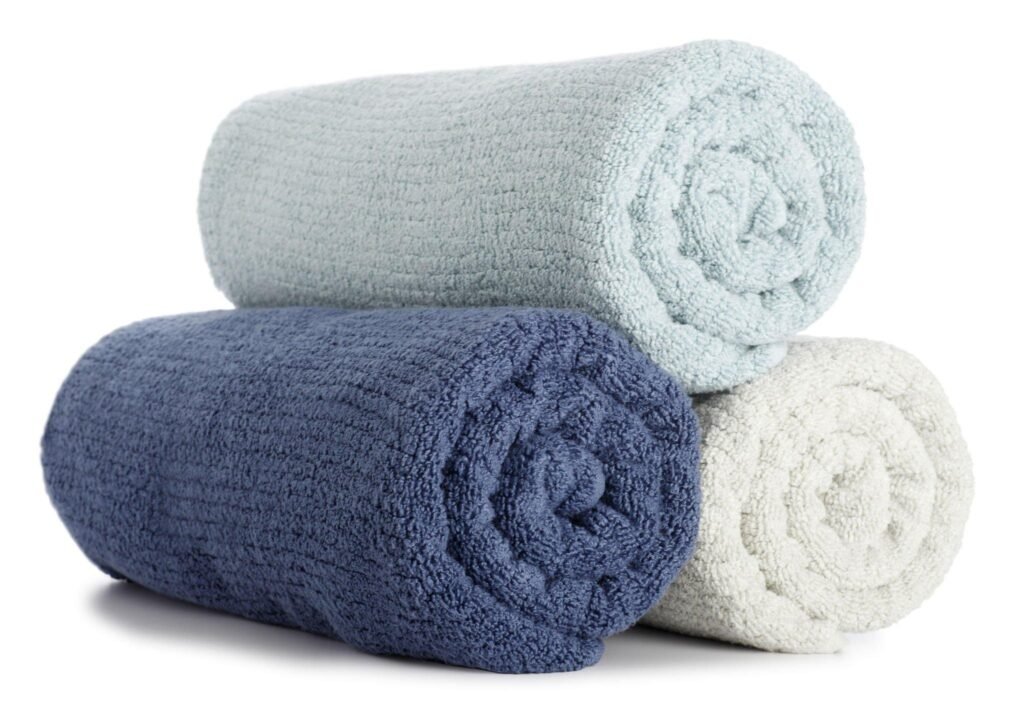
It’s made with loops that aren’t cut. The fabric has no nap and is used for towels, robes, and other things.
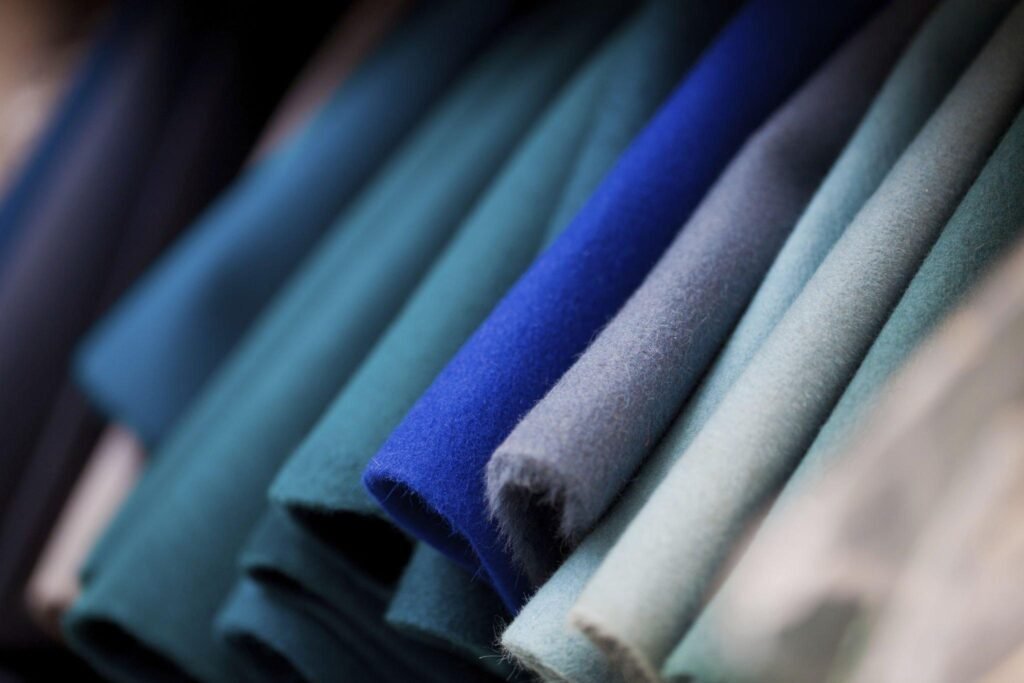
Because the fibers that makeup felt are felted with water, they don’t fray. Felting is a way to make fabrics out of wool, mohair, cotton, rayon, fur, and even some synthetic fibers.
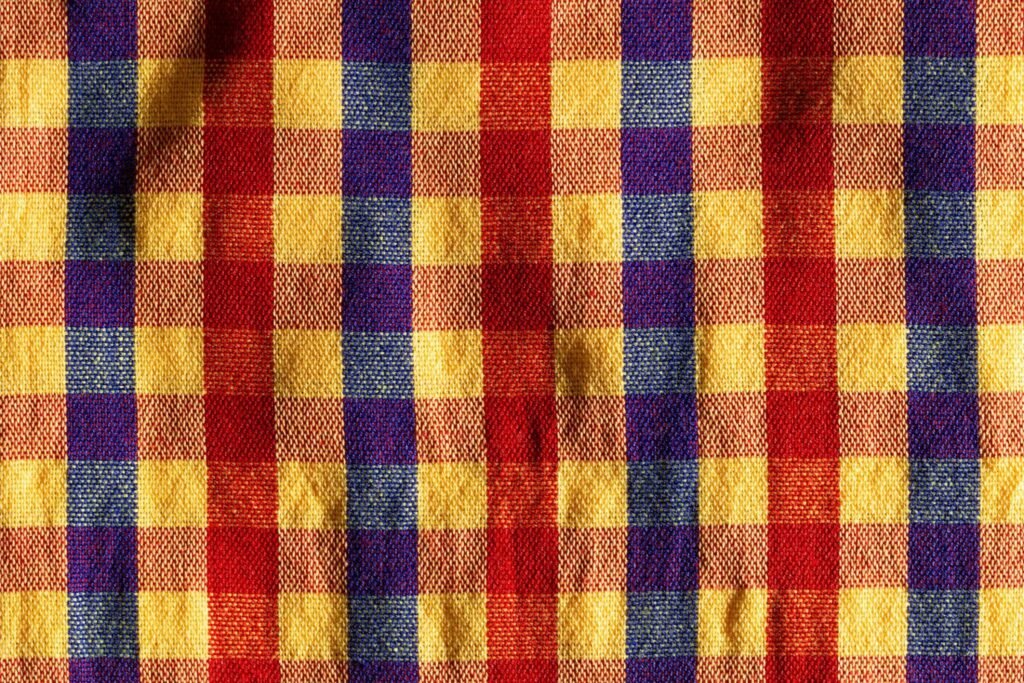
It’s a pattern that is repeated when it is woven or knitted, but not when it is printed.
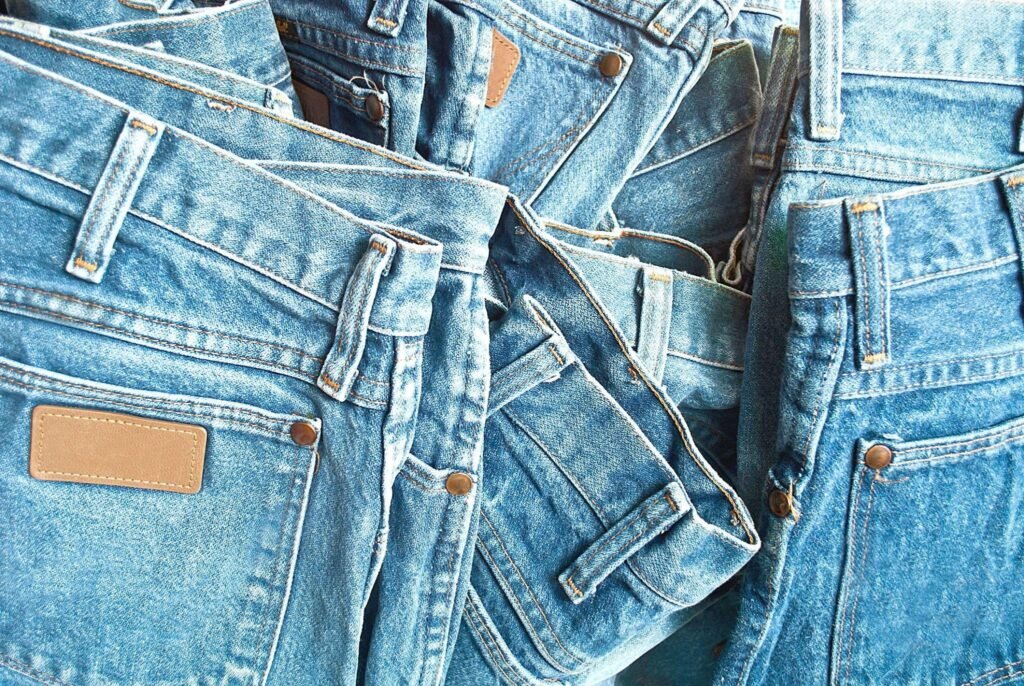
Woven fabric is used to make dresses, hats, boots, shirts, and jackets, among other things. Also, things like belts, wallets, handbags, seat covers, and other accessories. Denim is one of the most popular types of clothing for young people.

Fabric that is woven from cotton or linen fibers. Used for mattresses and pillows.
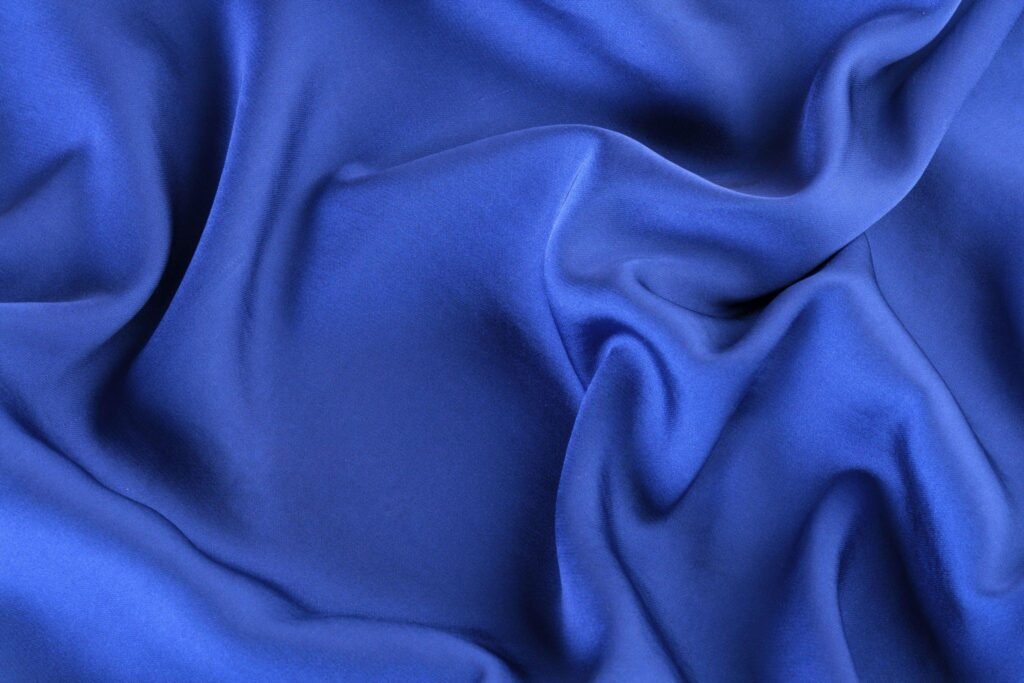
It’s made of silk or man-made fibers that are woven together. Used to make sarees and other clothes for women.
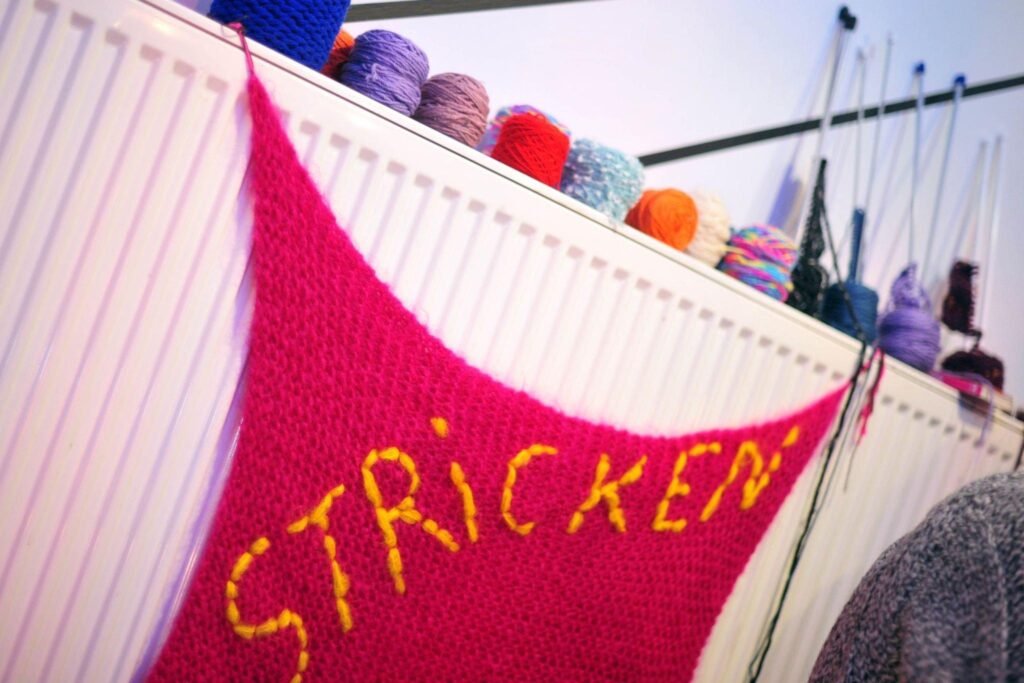
Fabric that can only be knitted with filament yarn. Used to fit comfortable, stretchy clothes like swimwear, athletic clothes, etc.
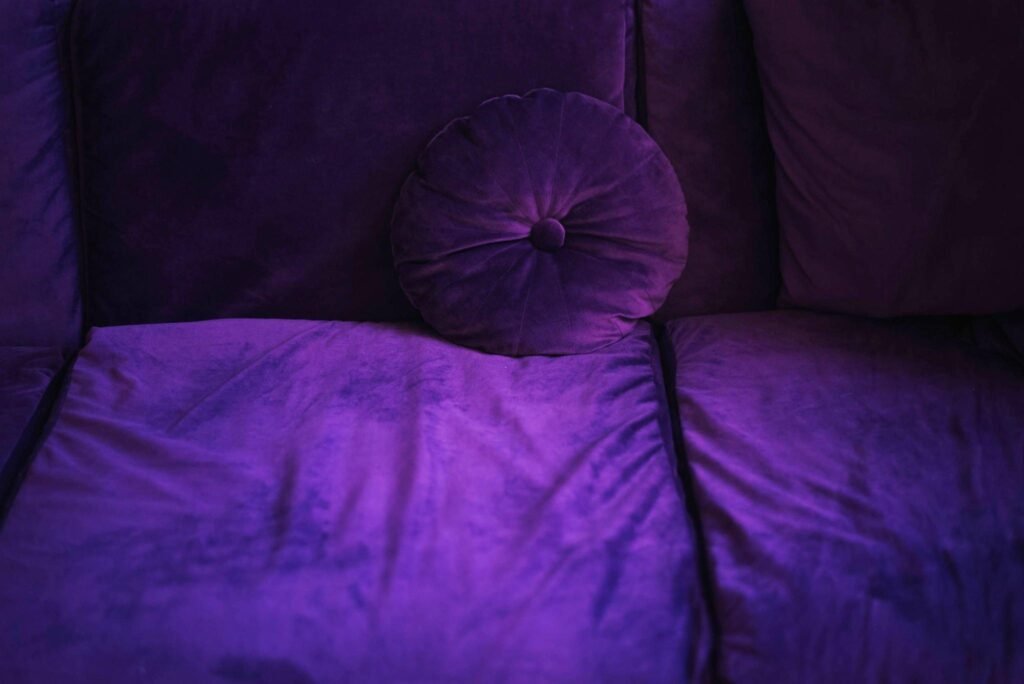
Knitted fiber is made of an extra set of yarn that makes loops on the surface of the fabric. Used for jackets, dresses, etc.
It’s made with yarns from the warp beam and a special knitting machine. It is used a lot for mosquito netting, sportswear, underwear (lingeries, brassieres, pantyhose, camisoles, girdles, sleepwear, hook-and-eye tape), shoe fabric, etc.
Fabric knitted from hard yarns that are twisted tightly and have a diagonal cord or rib. It is good for making clothes that will last outside.
Fabric that is woven and made of silk or a similar fiber. Uses are bridal gowns, dresses, etc.
Woven cloth. It is made of different kinds of fiber, like rayon, nylon, or silk. Taffeta is often used to make clothes for women.
Fabric with special use. Normal fabric that is stiff in all four directions. It became popular in the 1990s and is now used to make a lot of sportswear.
Knitting fabric made from filaments or spun yarns of different weights and types. It is used to make coats, jackets, dresses, etc. that don’t have linings.
It is made of polyester, cotton, and a mix of the two. It is used to make jackets, shirts, raincoats, and other things. Since it is made with coarse weft yarns, its ribs are thick and stand out. It’s also one of the most common types of fabric.
Knitted cloth. It is a type of fabric with two layers. This kind of fabric is good for kids’ clothes and tops for women.
Unique fabric. It is made with yarns that cross over and under each other. People often wear this kind of fabric for leisure wear.
Fabric that is woven but doesn’t have tight weaves. It is one of the most common types of shirt fabric.
Specialty fabrics are known for how well they work and how long they last. It can handle both high temperatures and chemicals.
Knitted cloth. It is a single-jersey fabric made with jacquard machines that knit in circles. They are used a lot in the sweater business.
Plain-weave fabric that has either embroidery or printing on it. It is used to make shirts, sarees, and other clothes for women.
Most woven clothing fabric types are made from one cotton fiber or a mix of two or more cotton fibers. This fabric can be used to make duties and other things for the home.
The cloth that is woven from cotton, wool, or a mix of the two. Often used for uniforms for the police or the military. It is also used to decorate homes and make jackets, skirts, and other things.
Knitted or woven fabric. It is often used for costumes for dances, plays, and other events. Thin strips of metallic fibers are wrapped around the main yarn in this fabric.
Woven cloth. Cotton madras is made from thin cotton fibers with short staples that can only be carded. Since it is made of lightweight cotton, it is used to make clothes like pants, shorts, dresses, and so on.
It is woven out of silk, wool, or cotton. This fabric is often used to make dresses and shawls because it looks good.
Woven cloth. It is a natural-mesh cotton types of fabric for clothes that is often used for cross-stitch embroidery.
It is woven and made of cotton, wool, linen, polyester, or a mix of these. Used mostly for christening dresses, nightgowns, and the lining of wedding dresses.
Woven cloth. A stiff kind of fabric with a coating made of a light fabric that is loosely woven. It is used to hold the necklines, collars, belts, etc. in place.
Woven fabric can be made of cotton, linen, or man-made fibers. Used for car hoods, belts, packaging, shoes, and other things.
The fabric is soft. It is made with different mixes of wool, silk, and cotton. It can be used for dress coats, dinner jackets, and military uniforms, among other things.